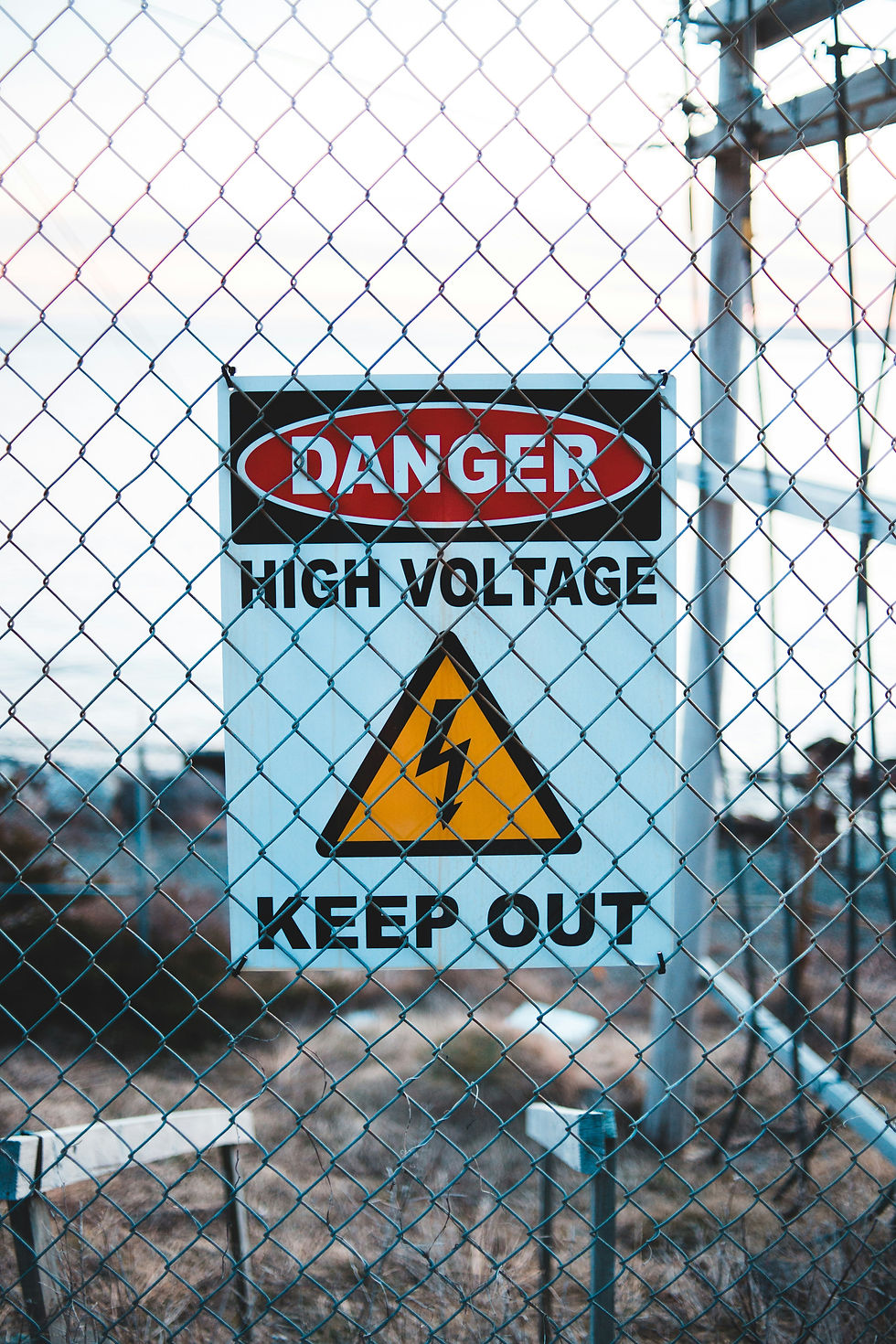- Dr. Elsie Cheng

- Aug 25
- 3 min read

When most people think about electrocution, they picture burns on the skin or the danger of the heart stopping. While these are serious risks, what often goes unnoticed is how electrical injuries can directly affect the brain. For individuals exposed to electrical current, the brain is especially vulnerable, and sometimes the consequences continue long after the accident.
The brain itself runs on electricity. Billions of neurons communicate with each other using tiny electrical impulses called action potentials. These signals travel across intricate networks and allow us to think, move, feel emotions, and store memories. When an outside current passes through the body, it can overwhelm or disrupt this natural electrical balance. Instead of carefully controlled communication, neurons may fire abnormally, become damaged, or shut down altogether. Sometimes the disruption is temporary, but in other cases, depending on the strength, path, and duration of the current, the injury can leave lasting effects.
During electrocution, the brain may react in several ways. A person might lose consciousness, feel confused, or be unable to remember what happened. Seizures can occur when electrical activity in the brain becomes uncontrolled, and memory gaps may develop because the brain fails to properly encode information during and after the incident. Even when there are no visible burns on the head, the current can interfere with brain functioning simply by passing through the nervous system.
For many, problems do not end when the initial shock is over. Long after the skin appears healed, the brain can still show signs of injury. Some people struggle with concentration, slowed thinking, or a sense of “brain fog.” Memory may feel unreliable, and problem-solving can become more difficult than before. Others notice changes in mood, with anxiety, depression, or irritability becoming more frequent. Personality shifts or post-traumatic stress symptoms are not uncommon. In some cases, headaches, disrupted sleep, or even seizures may persist months or years after the event.
These long-term problems happen because electrocution can damage neurons on a microscopic level. Cells may die outright, or the electrical overload may cause them to form abnormal connections. In addition, the injury often triggers a surge of neurochemicals in the brain, particularly glutamate, which is the main excitatory neurotransmitter. When released in excess, glutamate can actually become toxic to neurons, a process known as excitotoxicity. This chemical cascade can extend the damage beyond the initial shock, leaving behind subtle but serious impairments in brain function.
Unlike a broken bone or burn, these changes are invisible. Yet their impact on daily life can be profound. Struggling with memory, focus, or emotional stability makes returning to work or handling everyday tasks far more difficult. In the context of workers’ compensation, this invisibility creates a challenge: the effects are real, but they require careful documentation and evaluation to be recognized.
This is where a neuropsychological assessment becomes essential. Through in-depth testing of memory, attention, processing speed, and emotional health, a neuropsychologist can connect the dots between an electrical injury and ongoing difficulties. These evaluations provide the medical evidence needed to ensure that the full scope of the injury, not just the visible burns, is taken into account. They also help guide treatment, therapy, and support, so recovery addresses both the physical and neurocognitive consequences of electrocution.
Electrical injuries are frightening and often overwhelming, but understanding the science behind them can help explain what the person is experiencing afterward. If you have been electrocuted and notice changes in memory, concentration, or mood, these are not imagined problems. They are the natural result of how electricity disrupts the brain’s delicate systems. Recognizing this is the first step toward proper care and recovery. While the effects can feel discouraging, there is hope; with the right evaluation, treatment, and support, many people find ways to heal, adapt, and regain meaningful quality of life.
If you know someone who has suffered an electrical injury, encourage them to seek help. The road forward may take time, but recovery is possible, and no one has to face it alone.


